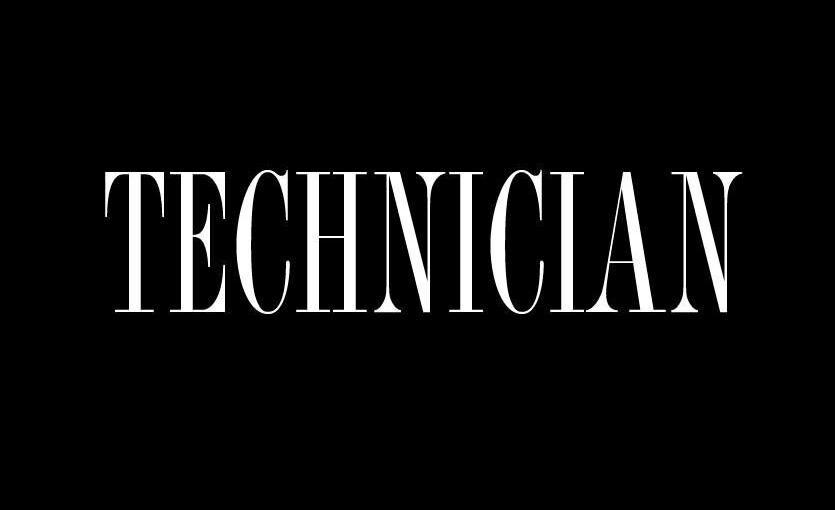In the wake of high unemployment rates throughout the nation, states have been looking for ways to attract new businesses. During the past few years, legislatures in states where unemployment rates were higher than the national average had been urged to pass bills giving specific industries tax incentives in the hope of creating jobs for the local areas. The effectiveness of these tax programs is under fire.
John McKimmon, blogging for The Wall Street Journal, writes that “[a] new study by the Pew Center shows that some states are creating tax traps for themselves by setting up tax incentives for economic development that are open-ended or otherwise lack sufficient scrutiny.”
According to the study, “[t]ax incentives are unlike most forms of state spending. For priorities such as education and transportation, policy makers determine the specific level of funding they want to commit and review those allotments every one or two years.” For tax incentives, however, there often is no limit to how much they can cost. Since tax incentives are not forms of direct spending like education and transportation, they are easily neglected even they actually amount to a significant level of the state budget.
Some tax incentives essentially function as entitlement programs. Any business that meets the requirements laid out in law is entitled to the benefit. Other tax incentives give state and local officials substantial discretion on which projects will receive incentives, but they do not impose cost limits. The study reports, “[a]s a result, the financial impact of tax incentives can grow quickly and unexpectedly without any explicit choices by state lawmakers to expand them.”
McKimmon again elucidates: “Louisiana, for example, approved a tax exemption back in 1994 for horizontal natural gas drillers, according to Pew. It cost the state practically nothing at that time — just $285,000 in forgone revenues — as recently as 2007. But the rapid expansion of horizontal drilling in the law few years raised the price tag to $239 million in 2010. New Mexico’s tax credit for creating high-wage jobs cost the state just $9.3 million in fiscal 2011. But a year later, the cost had more than quintupled to $48 million, Pew said in the report.”
Without rigorous evaluation of all tax incentives for both scope and quality, states are actually losing tax money. Gradually, the state budget would become out of balanced if the spending maintains the same level for years. In Oregon, the costs of the Business Energy Tax Credit contributed to the state’s serious budget troubles in 2009 and 2010, prompting policy makers to scale the program back in 2010 and 2011.
Defenders of tax incentives propose rigorous assessments to apply on those tax incentives program and use the results to inform policy decisions. They tend to establish better reliable cost estimates of proposed tax incentives. But such estimation is enormous challenge, as many states struggle to produce reliable numbers. As per the study, “[o]ne of the biggest hurdles is simply that lawmakers consider so many bills during their legislative sessions. Analysts often have only a few days to write a cost estimate or a fiscal note for a bill.”
Annual cost controls are another method that are said to keep the tax incentive on track through time. It places caps on the incentives’ total yearly cost ensuring that spending is more predictable and manageable. But the challenge is that even the best estimates cannot guarantee that policy makers will have a good sense of what the tax incentives will cost after a certain time. After all, most estimates do not look beyond a few years in the future.
Tax incentives are a sort of subsidy. In theory, subsidies inject the same impact, but in the opposite direction into the economy as compared to taxes — distorting the prices that allocate resources in first place. They build up barriers for some industries while giving favors to others — obvious discrimination against fair competition. Numerous examples show that there is too much discretion in these programs, so that both the officials and corporations can game around the system. As the downturn of tax incentives has begun to appear imminent, the center of the debate should be redirected from their effectiveness to whether they should exist at all.

